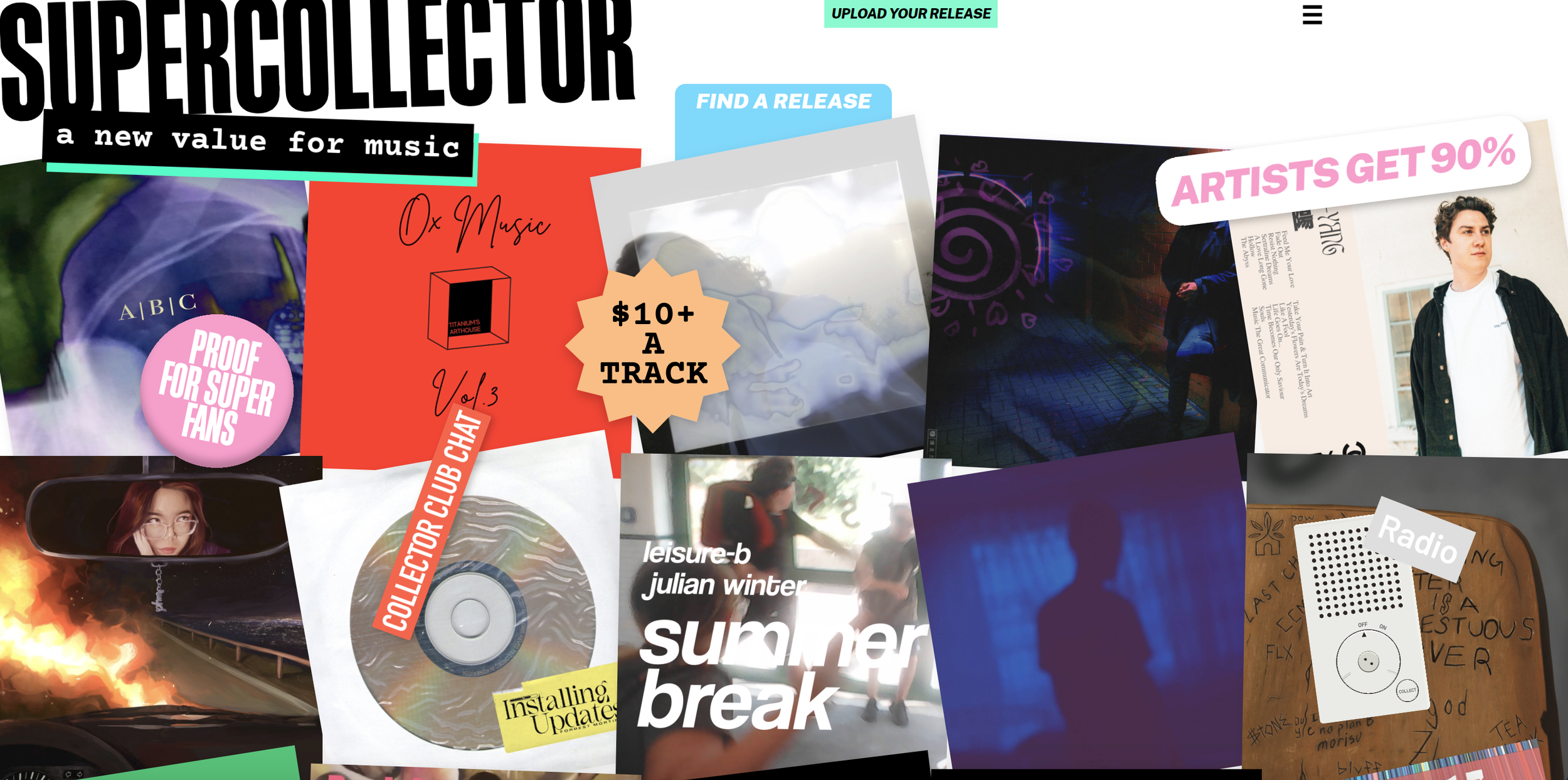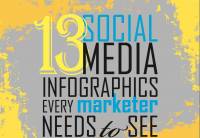On February 10th, the Master of Arts Management program at Carnegie Mellon University will welcome Mr. Chad Bauman, Director of Communications for Arena Stage at the Mead Center for American Theater to speak as part of our Speaker Series. His presentation, Confessions from an Arts Marketer – Learning from the Past, Looking Toward the Future, will highlight the worst practices in the field, what can be learned from them, and how to move beyond them.
I recently chatted with Chad and talked Tweet Seats, fire in the belly, and what he wished he had known about the field from the very beginning…
Speaker Series. His presentation, Confessions from an Arts Marketer – Learning from the Past, Looking Toward the Future, will highlight the worst practices in the field, what can be learned from them, and how to move beyond them.
I recently chatted with Chad and talked Tweet Seats, fire in the belly, and what he wished he had known about the field from the very beginning…
Elizabeth @ Technology in the Arts: You’ve held top, senior positions as the previous Director of Marketing and Communications for Americans for the Arts and now as Director of Communications for Arena Stage. You’ve clearly figured it out. But even so, what’s the one piece of advice you wish you had received before entering the field?
Chad Bauman: I am very thankful for my education from CalArts in Producing and Theater Management. But I would have to say…I wish I had learned how to get stuff for free. When you are first starting out, it’s how good are you at convincing people to give you stuff for free- advertising space, promotional opportunities…it’s absolutely critical for smaller companies; you have to do it really well.
E: Now, with all the social media networks out there, it must be easier to get recognized and make connections with those who CAN give you stuff for free.
C: Earlier on, it was super controversial for arts organizations to be on social media; they didn’t understand what the value would be. It also used to be a smaller company could distinguish itself on social media, but now there is a lot more clutter. Being on social media is an exceptional way to get free promotion, but now you have to compete with everyone else out there.
E: So I have to ask, in your opinion, which is the better platform to get a message out and to get attention, Twitter or Facebook?
C: I’m liking Twitter more and more. It’s the most efficient platform. It began with Friendster, then MySpace, then Facebook. I think Facebook use is on the decline and Twitter is on the incline. It’s more of a conversational tool.
E: How about audience members Tweeting during a show? Tweet Seats?
C: You have to be careful; you have to find a balance with Tweet Seats. There was a case where a theater established Tweet Seats for a show, but the resident writers of the production were never consulted and they were not on board with it.
E: What are you more in favor of then, Tweet Seats or post-experience Tweeting?
C: I am more in favor of post-experience Tweeting. You can’t get the full experience if you are on your phone, you’ll miss something. You can miss the most crucial detail, especially in a very nuanced performance. There are many other ways to invite conversation about a production.
E: For those of us logging in hours on online job boards and stalking career services on an daily basis, what are the qualities you look for as Director in a potential employee or intern?
C: Fire in the belly. By that I mean, a person who is internally motivated. I’m not sure you can teach it. They want to do a great job and are motivated by wanting to do a great job. You can teach skills, but you can’t teach internal motivation.
E: In particular to marketing?
C: I look for people who are not afraid to take risks, calculated risks, but risks nonetheless. You have to be willing to take a risk in an entrepreneurial spirit.
E: We, my fellow job and internship seekers, thank you for that advice! I don’t want to take up too much more of your time, so one last question. In a recent blog, I looked at the changing face of America over the next four or five decades and its shift to a minority-majority population. How can visual arts or performing arts organizations expand their audience to reflect this change?
C: First, it’s about programming and community outreach. At Arena Stage, we go out into the community, to churches, to schools, to make personal relationships. You can communicate to younger demographics about your organization’s activity and productions using technology tools. But it’s about programming. Marketers are very good at targeting a specific demographic and figuring out what tools to use. But regardless of the tool, there has to be an interest in the production or the organization’s mission.
You can read more about this Speaker Series event on the Master of Arts Management Speaker Series' website, discuss arts marketing with Chad on his blog, and find further information about the Master in Arts Management (MAM) program on the Heinz College webpage.
Interview with Chad Bauman conducted and condensed by Technology in the Arts contributor, Elizabeth Quaglieri.






 Happy Friday! What’s everyone doing this weekend? Perhaps you’re saddling up to head to Louisville for the
Happy Friday! What’s everyone doing this weekend? Perhaps you’re saddling up to head to Louisville for the  The 2011 edition of the international Museums and the Web conference wrapped up this past Saturday and was a 4-day whirlwind of presentations and workshops. Presentations covered many of the exciting new technology projects currently in place and coming up from museums around the world. Topics at the conference ran the gamut from mobile technology to augmented reality to ways of creating interactive communities of constituents online.
All of the papers from the conference can be found online at the Museums and the Web’s
The 2011 edition of the international Museums and the Web conference wrapped up this past Saturday and was a 4-day whirlwind of presentations and workshops. Presentations covered many of the exciting new technology projects currently in place and coming up from museums around the world. Topics at the conference ran the gamut from mobile technology to augmented reality to ways of creating interactive communities of constituents online.
All of the papers from the conference can be found online at the Museums and the Web’s